Ijraset Journal For Research in Applied Science and Engineering Technology
- Home / Ijraset
- On This Page
- Abstract
- Introduction
- Conclusion
- References
- Copyright
Enhancing Road Safety with Smart Infrastructure: Development and Implementation of Advanced Zebra Crossings and Speed Breaking
Authors: Sujit Kumar, Deeba Ashique, Alka Raj, Md Zafar
DOI Link: https://doi.org/10.22214/ijraset.2024.64865
Certificate: View Certificate
Abstract
This study addresses a critical issue in road safety by proposing innovative solutions to mitigate accidents caused by speeding and reckless driving, particularly in high-risk areas such as highways, hospitals, and schools. With road traffic accidents accounting for approximately 1.3 million fatalities annually, along with 20 to 50 million injuries or disabilities, the inefficacy of traditional traffic control systems is a growing concern. Factors such as poor visibility, adverse weather, and driver distractions further compromise the effectiveness of conventional signs and signals. This research introduces a \"smart zebra crossing\" system that integrates ultrasonic sensors and embedded LED lights to provide real-time alerts to both drivers and pedestrians, thereby enhancing visibility and safety, especially under low-light conditions. Additionally, a \"smart speed breaking\" system is proposed, which dynamically adjusts its height based on vehicle speed, detected through ultrasonic sensors, prompting drivers to decelerate when necessary. Both systems are linked to a central traffic management network, facilitating real-time adjustments in speed limits and providing alerts to connected vehicles. The integration of these technologies represents a significant advancement in road safety, offering an adaptive, intelligent solution for improving traffic management and reducing the risk of accidents, particularly in vulnerable zones.
Introduction
I. INTRODUCTION
Urbanization is rapidly transforming global demographics, with projections indicating that a majority of the world's population will reside in cities by 2030 [1]. This shift is driving a heightened demand for transportation services, which play a crucial role in a society's economic, social, and political landscape. The transportation and communication sectors represent a significant portion of government expenditure in both developed and developing nations. Consequently, addressing the increasing demand for mobility while preserving natural resources has become a critical challenge. The surge in urbanization and the exponential growth in the number of vehicles over the past three decades have exacerbated issues such as traffic congestion, accidents, and poorly designed infrastructure. Road traffic accidents have emerged as a major global health concern, ranking as the ninth leading cause of death across all age groups. Annually, approximately 1.3 million lives are lost to road accidents, with an additional 20 to 50 million individuals suffering severe injuries that lead to lasting health complications. Vulnerable road users, including cyclists, pedestrians, and motorcyclists, account for more than 50% of these fatalities (WHO, 2016). In India, a developing nation with a high rate of road accidents, around 150,000 lives are lost each year due to traffic-related incidents [2]. Over-speeding alone has been responsible for over 70% of these accidents and approximately 67% of road accident deaths between 2010 and 2017. Speeding significantly increases collision forces and reduces drivers' and pedestrians' reaction times, posing serious safety risks [3].
Ahmad Malek Nada et al. [4] proposed a solution to reduce the mortality rate of Algerian drivers, which is primarily caused by speeding and poor road conditions, including outdated road signs. The proposed system incorporates two subsystems: intelligent traffic signs and a smart speed limiter. This system demonstrates better precision, real-time responsiveness, and adaptability while reducing infrastructure dependency compared to existing approaches. Tested using the SUMO simulator and an Arduino-based prototype, the system shows promising results, with the study concluding that it can significantly reduce road-related fatalities by addressing critical safety issues in real time. Mohamed [5] explores the integration of smart city concepts, particularly the Internet of Things (IoT) and Big Data, in traffic control systems to enhance safety and sustainability.
The study highlights the role of intelligent traffic systems, including traffic lights, in smart cities and evaluates the potential impact of self-driving cars on traffic safety. Emphasizing the significance of traffic lights in reducing emissions and easing urban congestion, the research also addresses the human aspect of traffic control, recommending improvements to traffic personnel skills for adapting to modern smart city environments. Overall, the study provides insights into the application of smart city technologies for promoting traffic safety and sustainable development. Anurag Patil et al. [6] presents a system that integrates spike speed breakers with traffic signals to optimize traffic flow, enhance safety, and alleviate congestion through an innovative decision-making framework. Utilizing advanced sensors and control systems, the methodology enables real-time adjustments to traffic signal conditions and includes an emergency shutdown mechanism, improving the system's adaptability and reliability. The study underscores the potential of this approach to revolutionize urban traffic management, offering a scalable solution and providing key insights into the effectiveness of spike speed breakers in improving overall traffic control. Sandeep Sharma et al. [7] incorporated a microcontroller and Radio Frequency Identification (RFID) system to regulate vehicle speed and curb overspeeding. The transmitter-receiver module enables automatic speed reduction within accident-prone zones. Additionally, features such as automatic braking at zebra crossings when the signal is active and a GSM-based penalty system for non-compliant vehicles are being integrated. An alcohol sensor is also included to prevent drunk driving. This system enhances road safety by combining real-time control mechanisms with automated enforcement.
Taeiba Taher et al. [8] proposed a system that integrates smart traffic signaling with smart automobile technology to prevent road accidents. The smart automobile is equipped with a microcontroller, sonar sensor, and RF receiver with an embedded display, while the smart traffic signaling system uses a microcontroller-based RF transmitter at traffic signals and signposts. The sonar sensor in the vehicle helps avoid collisions by measuring the distance to surrounding vehicles, ensuring that critical traffic signs are not missed. This system is particularly effective in areas with sharp curves or heavy traffic, enhancing road safety in high-risk zones. Tan et al. [9] investigated the role of smart city technologies in promoting sustainable transportation and reducing the environmental impact of transportation. Their study found that smart city technologies, such as intelligent transportation systems and advanced traffic management systems, significantly improve transportation efficiency, reduce emissions, and enhance air quality. The authors emphasized the need for a holistic approach to smart city development that incorporates diverse technologies and policies to support sustainable transportation. Figueiredo et al. [10] studied the use of intelligent transportation systems in managing traffic flow in smart cities, concluding that these systems reduce congestion, improve safety, and decrease emissions. The authors highlighted that intelligent transportation systems are critical for effective traffic control in smart cities. Zhang et al. [11] explored the impact of connected and autonomous vehicles on road safety. The study found that these vehicles can reduce accidents and fatalities through vehicle-to-vehicle and vehicle-to-infrastructure communication. The authors emphasized the potential of these technologies in promoting sustainable transportation and improving road safety. Liu et al. [12] examined the effectiveness of advanced traffic management systems in improving traffic flow and reducing emissions in smart cities. The study revealed that these systems significantly reduce congestion and improve transportation efficiency, leading to lower emissions and better air quality. The authors stressed the importance of these systems in achieving sustainable transportation. Wang et al. [13] analyzed the impact of smart transportation systems on reducing energy consumption and greenhouse gas emissions. Their findings show that intelligent transportation systems and advanced traffic management systems can lead to substantial reductions in energy consumption and emissions, particularly through promoting public transportation and alternative modes of transport. The study underscores the role of these technologies in advancing sustainable urban mobility. This research presents the development and implementation of a smart zebra crossing and a smart speed-breaking system designed to enhance road safety and traffic management. The smart zebra crossing incorporates embedded LED lights, activated by ultrasonic sensors, to improve pedestrian visibility and alert drivers, thereby increasing safety for all road users. Additionally, a smart speed breaker is developed, capable of adjusting its height or angle in response to vehicle speed, effectively controlling vehicle speeds in critical areas. Both systems are integrated with a central traffic management network, allowing for dynamic adjustments to speed limits based on real-time road conditions and pedestrian activity. Furthermore, the connected system enables vehicles to receive alerts about upcoming speed breakers, promoting smoother braking and reducing vehicle wear. By integrating these technologies into urban infrastructure, this work advances road safety and offers an effective solution for accident prevention and improved urban mobility The paper is organized as follows: Section 1 presents an introduction to Road Safety with Smart Infrastructure approaches. Section 2 outlines the methodology for bearing fault classification. Section 3 analyses the results and discussion. and Section 4 concludes the work.
II. PROPOSED METHODOLOGY
This work focuses on developing advanced systems, specifically a smart zebra crossing and a smart speed-breaking system. Simulation was performed using Proteus software, providing a robust platform for modeling and analyzing the proposed systems. Hardware implementation utilized components such as ultrasonic sensors, red LED lights, and an Arduino microcontroller. In the smart zebra crossing, ultrasonic sensors detect pedestrian presence on both sides. Once detected, the Arduino activates sequentially illuminating red LED lights embedded in the crossing, ensuring high visibility in various lighting conditions. The Arduino's USB interface and power jacks facilitate program uploads and real-time operations. The smart braking system regulates vehicle speed in critical areas; ultrasonic sensors monitor approaching vehicles, and if a vehicle exceeds the 60 km/h threshold, the Arduino raises a smart speed breaker for five seconds, compelling the driver to decelerate. The mini servo motor, controlled by the Arduino, operates using pulse width modulation (PWM) for precise control. This integrated system enhances safety and urban mobility, effectively improving pedestrian visibility and vehicle speed regulation in high-risk environments like hospitals and school zones.
A. Smart Zebra Crossing
The smart zebra crossing system modernizes traditional pedestrian crossings by integrating red LED lights and ultrasonic sensors on both sides. Unlike conventional crossings that rely solely on painted lines, this system uses ultrasonic sensors to detect pedestrian presence and activates red LED lights to sequentially illuminate as pedestrians cross. The use of red lights enhances visibility over long distances, ensuring pedestrian safety even in low-light or adverse weather conditions. Fig. 1 shows the operational process of a smart zebra crossing system, focusing on pedestrian detection and the activation of lights The system starts in an initialization phase, activating sensors and components. In standby mode, the sensors monitor for pedestrian movement near the crossing. When a pedestrian is detected, the embedded lights turn on to alert oncoming vehicles, boosting pedestrian visibility and safety. If no pedestrians are detected, the system continues monitoring. Once the crossing is clear, it reverts to standby mode, ready for the next detection. This operational flow enhances urban mobility and pedestrian safety by activating lights only when necessary.
1) Connection Diagram
The connection diagram for the smart zebra crossing system outlines the integration of the ultrasonic sensor and LED lights with the Arduino Uno microcontroller. The ultrasonic sensor is connected with its echo pin to Arduino pin 13, allowing it to produce a pulse upon receiving a reflected signal. The trigger pin (Trig) of the ultrasonic sensor, which activates the emission of ultrasonic sound waves, is linked to pin 12 of the Arduino. Power for the sensor is supplied via the VCC pin, connected to the 5V output of the Arduino, while the GND pin of the sensor connects to the Arduino’s ground (GND) pin, establishing a reference point with zero voltage. Additionally, the LED lights are configured for sequential operation, with LED 1 connected to digital pin 2, LED 2 to pin 3, LED 3 to pin 4, LED 4 to pin 5, LED 5 to pin 6, LED 6 to pin 7, and LED 7 to pin 8. This arrangement facilitates controlled illumination of the LEDs in response to pedestrian detection, enhancing visibility and safety at the crossing.
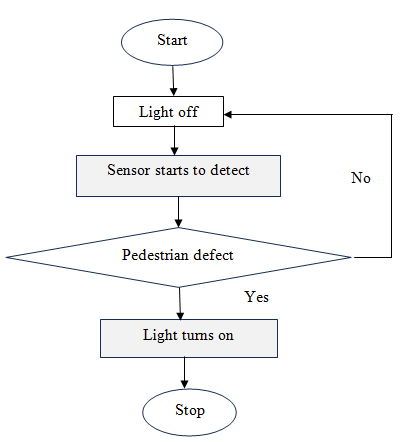
Fig. 1 Flowchart of smart zebra crossing

Fig. 2 Circuit Diagram of Smart Zebra Crossing
2) Smart Speed Breaking
The smart braking system significantly enhances road safety and optimizes traffic management, particularly in high-risk areas such as schools, hospitals, and pedestrian crossings. Unlike traditional speed breakers that disrupt traffic regardless of vehicle speed, this system activates only when speeding is detected, ensuring that vehicles decelerate in critical zones while allowing compliant drivers to maintain smooth traffic flow. As depicted in Fig. 5, the flowchart outlines the operational process of the smart speed braking system. It begins with an initialization phase, activating all components for operation. The system continuously monitors the speed of approaching vehicles. If a vehicle exceeds the 60 km/h threshold, the system triggers the smart speed breaker, which raises for five seconds to compel the driver to slow down. This temporary elevation serves as a deterrent against speeding. Once the five seconds elapse, the breaker returns to its normal position, and the system enters a stop state. If the vehicle's speed is within limits, the system remains inactive, ensuring efficient traffic flow while enforcing speed control where needed. This approach promotes safer driving behaviors, particularly in sensitive areas.
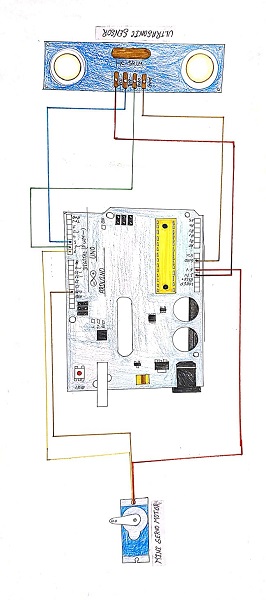
Fig. 6 Circuit Diagram of Smart Breaking System
B. Connection Diagram
The smart speed breaker system incorporates specific connections for the servo motor and ultrasonic sensor to effectively regulate vehicle speed and enhance road safety. The servo motor features three pins: the orange pin, connected to Arduino Uno pin 7, receives control signals; the brown pin connects to the GND pin, serving as the ground connection; and the red pin connects to the 3.3V pin, providing the necessary input power.
For the ultrasonic sensor, the connections are as follows: the echo pin is connected to Arduino Uno pin 6, generating a pulse upon receiving the reflected signal, which indicates the distance of an object; the trig pin is connected to Arduino Uno pin 5, triggering the ultrasonic sound wave for distance measurement; the VCC pin connects to the 5V pin of the Arduino Uno, supplying power to the sensor; and the GND pin connects to the GND pin of the Arduino Uno, establishing a ground connection. Together, these connections allow the servo motor to adjust the speed breaker and the ultrasonic sensor to detect approaching vehicles, ensuring effective speed regulation and improved road safety.
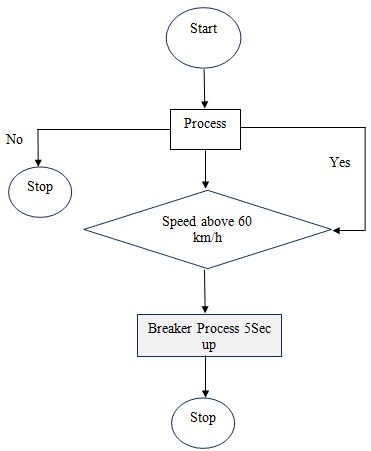
Fig. 5 Flowchart of Smart Speed Breaking
C. Components Used for hardware connection
The Arduino UNO is a versatile microcontroller with 14 digital pins, 6 analog inputs, and 6 PWM outputs, designed to interface with various sensors and devices. Operating at 5V with support for up to 20V, it includes a USB for programming and a reset button. The ultrasonic sensor measures object distance by emitting ultrasonic waves and detecting reflections, using four main pins: VCC (5V power), Ground, Trigger, and Echo. This sensor’s transmitter, receiver, and crystal oscillator provide accurate distance measurements. A gear motor combines an electric motor with a gearbox, enhancing torque and reducing speed, with high gear ratios delivering low RPM and high torque. This compact, durable setup is ideal for controlled applications. The mini servo motor, a low-power, compact device, precisely controls position, velocity, and acceleration using a DC motor, gearbox, and PWM-based control circuit, making it a valuable component in robotics and automation. Fig. 9 shows the hardware connections of the proposed system. The setup includes the installation of a servo motor, ultrasonic sensor, and Arduino. These components are integrated to work together, with the ultrasonic sensor detecting approaching vehicles and the Arduino controlling the servo motor. The servo motor adjusts based on the sensor's input, enabling the system to function efficiently in response to real-time conditions. This configuration forms the core of the smart system, allowing for dynamic control based on vehicle speed and proximity.

Fig. 9 Hardware Connection of Proposed System
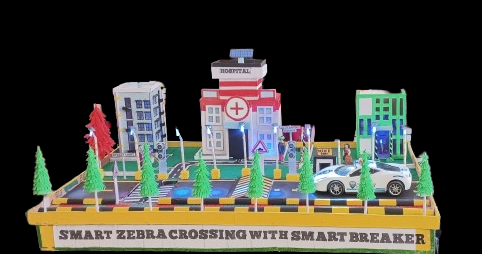
Fig. 10 Prototype of the Smart Zebra Crossing and Smart Breaking System
The diagram shown in Fig. 10 illustrates a prototype of the Smart Zebra Crossing and Smart Breaking System", designed to enhance road safety near sensitive zones such as hospitals and urban crossings. The model integrates advanced traffic management technologies with an emphasis on pedestrian and vehicle safety. This model integrates advanced safety features to enhance road safety near critical areas, such as hospitals and urban crossings. The smart zebra crossing is equipped with embedded LED lights that activate upon detecting pedestrians, improving visibility for drivers and ensuring safer crossings, especially during low-light conditions. The smart breaking system uses sensors to dynamically adjust based on vehicle speed, raising the breaker when speeding vehicles are detected. This system aims to minimize the risk of accidents by alerting drivers in real-time and creating a safer environment for pedestrians and vehicles. The inclusion of trees and buildings in the model illustrates a real-world urban scenario, emphasizing its potential for practical deployment in city infrastructure.
III. RESULTS AND DISCUSSION
In this work, the simulation was conducted using Proteus software. Figure 3 shows the simulation diagram of the smart zebra crossing system. The simulation demonstrates two modes of operation: "Crossing OFF" and "Crossing ON," each explained in detail. Fig. 4 Shows the simulation diagram of the smart breaking system.
The simulation demonstrates two modes of operation: “Breaker ON” and “Breaker OFF” each explained in detail. Breaker ON: In this system, when a vehicle exceeds a speed of 60 km/h, the ultrasonic sensor detects the high speed. The sensor, connected to an Arduino (with trigger pin at 5 and echo pin at 6), sends a signal to the Arduino. The Arduino, in turn, is linked to a mini servo motor (connected at pin 7). Upon receiving the signal, the mini servo motor rotates 90 degrees clockwise, causing the breaker to rise.
Breaker OFF: When the vehicle reduces its speed below the threshold, the mini servo motor, which previously rotated 90 degrees clockwise, now rotates 90 degrees counterclockwise, returning the breaker to its original lowered position. In the case where the vehicle is traveling at or below 60 km/h, the ultrasonic sensor does not detect the vehicle due to the normal speed, and the breaker remains inactive. This system ensures that only speeding vehicles trigger the breaker, maintaining smooth traffic flow for vehicles traveling within the speed limit. This approach effectively utilizes speed-sensing mechanisms to control traffic regulation through a dynamic breaker system, contributing to enhanced road safety by encouraging speed compliance.
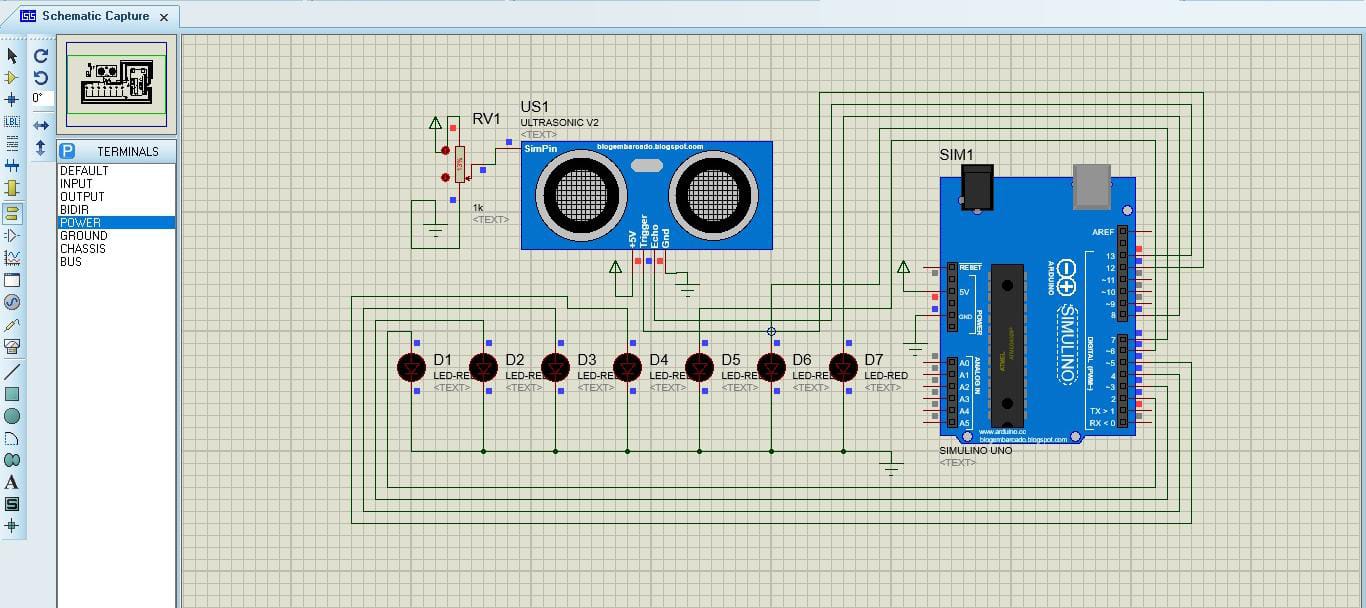 Fig. 3 (a) Smart Zebra Crossing OFF Stage
Fig. 3 (a) Smart Zebra Crossing OFF Stage
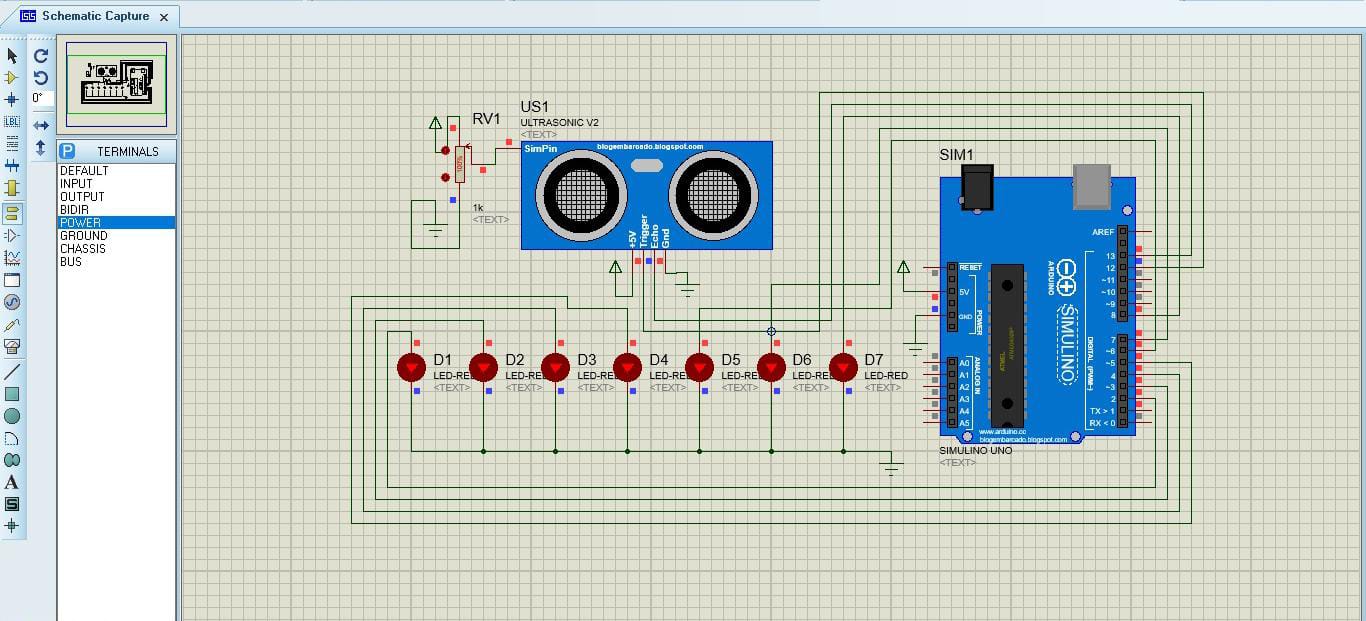 Fig. 3 (b) Smart Zebra Crossing ON Stage
Fig. 3 (b) Smart Zebra Crossing ON Stage
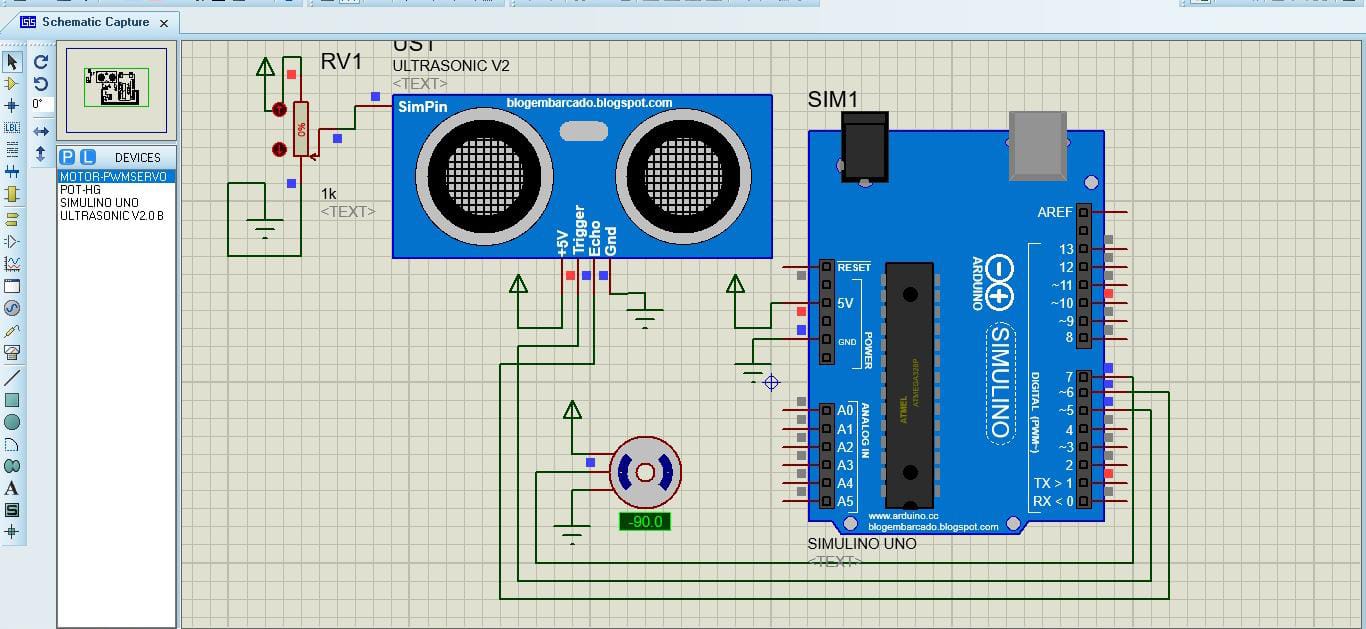 Fig. 4 (a) Smart Breaker OFF Stage
Fig. 4 (a) Smart Breaker OFF Stage
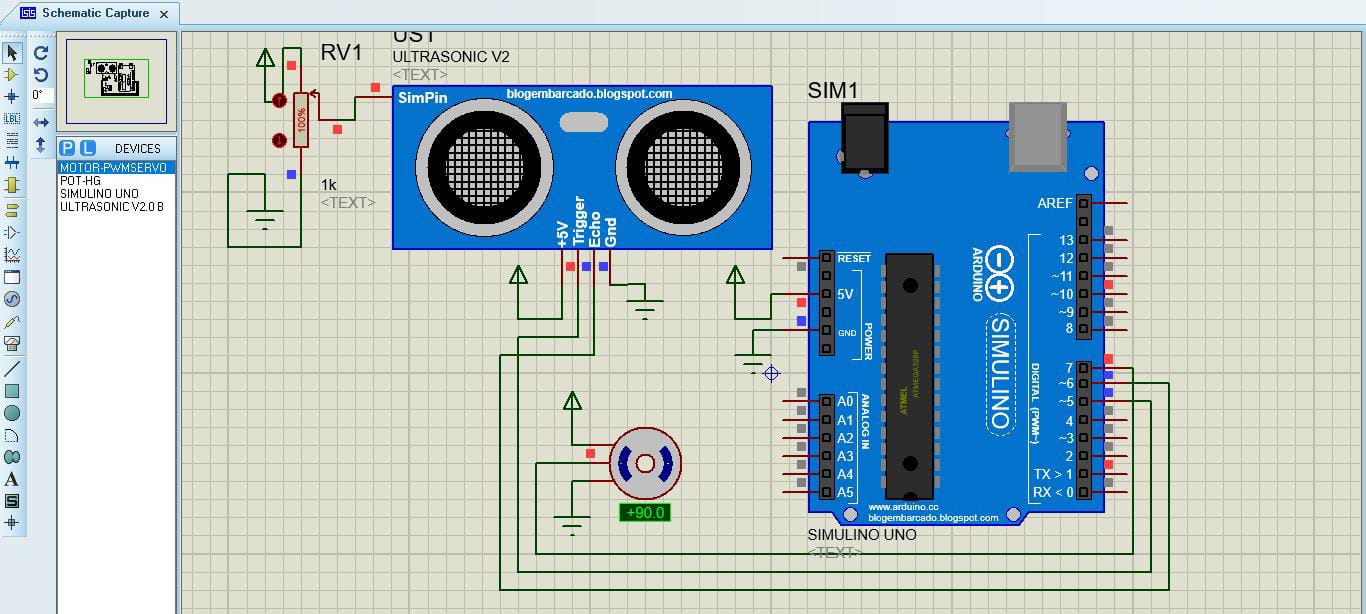 Fig. 4 (b) Smart Breaker ON Stage
Fig. 4 (b) Smart Breaker ON Stage
Both smart zebra crossings and smart speed breaking represent a proactive approach to traffic management, enhancing safety by adapting to real-time conditions. These systems reduce unnecessary slowdowns for vehicles traveling at safe speeds and offer an innovative solution to prevent accidents caused by sudden braking or poor visibility. By integrating advanced technology into traditional road infrastructure, the study demonstrates how smart infrastructure can contribute to more efficient, safer, and sustainable urban transportation systems.
Conclusion
This research presents innovative solutions to improve road safety through the development of a “smart zebra crossing” and a “smart speed breaking” system. The smart zebra crossing incorporates embedded LED lights and ultrasonic sensors to provide real-time alerts to drivers when pedestrians are present. This system not only enhances pedestrian visibility but also addresses safety concerns during low-light or poor weather conditions, offering a significant improvement over traditional crossings that rely solely on painted lines. The sequential illumination of red LED lights, triggered by pedestrian movement, ensures high visibility, thereby reducing the risk of accidents. The smart speed breaker, another key innovation, adjusts dynamically based on vehicle speed. Using ultrasonic sensors, the system detects approaching vehicles and determines whether they are exceeding the speed limit, typically set at 60 km/h. If speeding is detected, the smart speed breaker rises, prompting the driver to decelerate safely. This solution overcomes the limitations of static speed breakers, which can cause sudden deceleration, potentially leading to accidents. By allowing drivers sufficient time to slow down, the smart speed breaker promotes smoother traffic flow and enhanced road safety. Future work could focus on enhancing the integration of smart zebra crossings and speed breakers with more advanced traffic management systems, including AI-based predictive analytics for traffic flow. Declarations Funding There is no funding provided for this research. Conflicts of interest / Competing interests We authors declare that there are no conflicts of interests relevant to this manuscript.
References
[1] Hartig, T. and P.H. Kahn Jr, “Living in cities, naturally,” Science, vol. 352, no. 6288, pp. 938-940, 2016. DOI: 10.1126/science.aaf37. [2] Gonzalo-Orden, H., Pérez-Acebo, H., Unamunzaga, A. L., & Arce, M. R., “Effects of traffic calming measures in different urban areas,” Transportation research procedia, vol. 33, pp. 83-90, 2018. doi.org/10.1016/j.trpro.2018.10.079. [3] Abdulmawjoud, A. A., Jamel, M. G., & Al-Taei, A. A., “Traffic flow parameters development modelling at traffic calming measures located on arterial roads,” Ain Shams Engineering Journal, vol. 12, no. 1, pp. 437-444, 2021. doi.org/10.1016/j.asej.2020.04.014. [4] Nada, A. M., & Rachid, B. O. U. D. O. U. R., “Intelligent Brake Controller Based on Intelligent Highway Signs to Avoid Accidents on Algerian Roads,” International Journal of Advanced Computer Science and Applications, vol. 14, no. 5, 2023. DOI: 10.14569/IJACSA.2023.0140598. [5] Abdelati, M. H., “Smart Traffic Management for Sustainable Development in Cities: Enhancing Safety and Efficiency,” International Journal of Advanced Engineering and Business Sciences, vol. 5, no. 1, 2024. DOI: 10.21608/ijaebs.2024.242361.1088. [6] Patil, A., Kute, A., Yadav, P. and Mhaske, A., “SMART TRAFFIC AUTOMATION USING SPIKE SPEED BRAKERS,” International Journal Of Progressive Research In Engineering Management And Science, vol. 04, pp. 28-33, 2024. [7] Sharma, S., Kishore, I. S., Mishra, S., Girotra, D., & Talwar, H., “Automatic vehicle speed reduction & accident prevention system using RF technology,” Int. Journal of Engg. Applied Sc. and Technology, vol. 5, no. 7, pp. 292-295, 2020. [8] Taher, T., Ahmed, R. U., Haider, M. A., Das, S., Yasmin, M. N., & Mamun, N., “Accident prevention smart zone sensing system,” In 2017 IEEE Region 10 Humanitarian Technology Conference (R10-HTC), (pp. 67-70), IEEE, 2017. DOI: 10.1109/R10-HTC.2017.8288908. [9] Trindade, E.P., Hinnig, M.P.F., da Costa, E.M. et al., “Sustainable development of smart cities: a systematic review of the literature,” J. open innov. Vol. 3, no. 1,2017. https://doi.org/10.1186/s40852-017-0063-2. [10] Figueiredo, K. A., Júnior, H. A. R., & Oliveira, L. B., “Intelligent transportation systems and smart cities: A systematic literature review,” Journal of Cleaner Production, vol. 243, pp. 118630, 2020. [11] Zhang, Y., Bai, Y., Zeng, L., & Han, J., “Intelligent transportation systems for connected and automated vehicles: A review. Transportation Research Part C: Emerging Technologies, vol. 123, pp. 102998, 2021. [12] Liu, Y., Ma, X., Wu, Y., & Wang, H., “Traffic flow management in smart cities: An overview,” IEEE Transactions on Intelligent Transportation Systems, vol. 21, no. 1, pp. 329-341, 2020. [13] Wang, S., Liu, J., Wang, M., & Yan, J., “Evaluating the effects of smart transportation on energy consumption and greenhouse gas emissions: A case study of China,” Applied Energy, vol. 283, pp. 116196, 2021.
Copyright
Copyright © 2024 Sujit Kumar, Deeba Ashique, Alka Raj, Md Zafar. This is an open access article distributed under the Creative Commons Attribution License, which permits unrestricted use, distribution, and reproduction in any medium, provided the original work is properly cited.

Download Paper
Paper Id : IJRASET64865
Publish Date : 2024-10-28
ISSN : 2321-9653
Publisher Name : IJRASET
DOI Link : Click Here
 Submit Paper Online
Submit Paper Online

